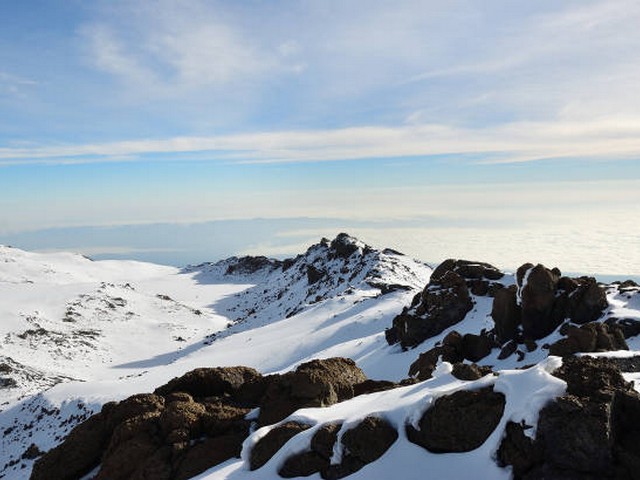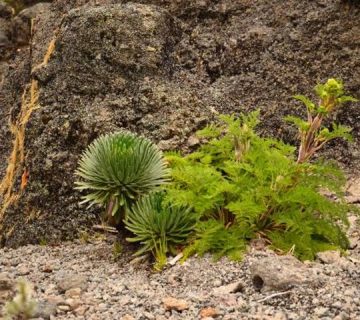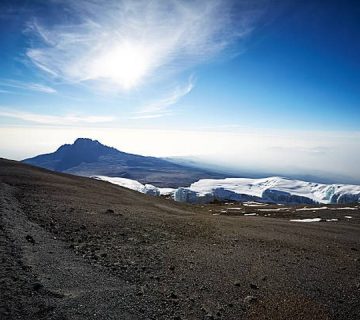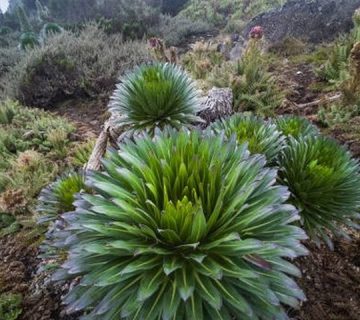Solo Kilimanjaro Trekking Tips for Women
Embarking on an Adventure of Self-Discovery and Empowerment
Mount Kilimanjaro, rising majestically above the African plains, stands as a beacon enticing adventurers from across the globe. For women who venture to conquer its peaks solo, this journey promises not just breathtaking views but also an inspiring narrative of strength and self-discovery. Are you ready to join the ranks of intrepid women who have scaled the highest free-standing mountain in the world? At the Kilimanjaro Centre for Trekking and Ecotourism (KCTE), we specialize in guiding daring spirits like yours to the summit. Dive into our treasure trove of tips tailored specifically for solo female trekkers and transform your dream into reality.
Preparation: The Foundation of a Successful Climb
1. Fitness First
Trekking Kilimanjaro is no stroll in the park. It demands good physical health and endurance. Start with cardiovascular exercises like running, swimming, or cycling. Don’t overlook strength training, focusing on your core and legs to handle the rigorous demands of climbing. Joining a trekker’s club or engaging in smaller hikes can also acclimate your body and mind to the rigors of long-term trekking.
2. Right Gear, Bright Experience
Equip yourself with the right gear. Essential items include a sturdy pair of hiking boots, thermal clothing, a waterproof jacket, and a comfortable backpack. Women-specific gear, designed to fit a female’s body shape, can enhance comfort and efficiency. Don’t forget a high-quality sleeping bag rated for low temperatures, as nights up there can be freezing.
3. Health and Hygiene on the Mountain
High altitudes can challenge your body in unexpected ways. Prepare a small health kit with essentials like pain relievers, altitude sickness medication, and bandages. Menstrual hygiene on the mountain is also a key consideration—opt for menstrual cups or tampons based on your comfort and practice using them during training treks.
Safety: Navigating the Mountain with Confidence
1. Choosing the Right Trail
Kilimanjaro boasts several routes, each with unique challenges and sceneries. The Marangu Route is often favored by solo trekkers for its hut accommodations rather than tented camps, providing more secure sleeping arrangements. Consult with experts at KCTE to select a route that aligns with your experience and comfort level.
2. Stay Connected
While the idea of disconnecting is appealing, staying connected for safety is crucial. Rent a satellite phone or a GPS tracker to ensure you can call for help if needed. Additionally, inform the KCTE team of your itinerary and check-in regularly.
3. Trust in Experienced Guides
Even if you’re trekking solo, you’re never truly alone. KCTE provides experienced, knowledgeable guides who respect your independence but provide the safety net you need. Our female guides, who understand the unique needs of women trekkers, can be specifically requested to enhance your comfort level.
Empowerment: The Solo Trek Experience
1. Join a Community
Engage with online communities of women who have trekked Kilimanjaro solo. Their stories and advice can be invaluable and inspiring. Platforms like the KCTE blog offer insights and testimonials that energize and inform your preparations.
2. Embrace the Solitude
Solo trekking is as much a mental challenge as a physical one. Embrace the solitude to reflect, meditate, and grow. The mountain’s serene environment and the rhythmic motion of trekking can lead to profound personal insights and a refreshed perspective on life.
3. Celebrate Every Milestone
Every step towards the summit is an achievement. Celebrate the small victories—the first camp, acclimatizing successfully at higher altitudes, and finally, the summit itself. These moments build your confidence and push you further than you imagined possible.
After the Climb: Extending the Adventure
Reaching the summit is monumental, but your adventure doesn’t have to end there. Explore other parts of Tanzania with KCTE’s ecotourism packages. From wildlife safaris in the Serengeti to relaxing on the pristine beaches of Zanzibar, extend your stay and experience the full richness of this incredible country.
Frequently Asked Questions
What is the best time of year to climb Kilimanjaro?
- The best times are during the dry seasons, from late June to October and from late December to early March.
Can I rent equipment locally?
- Yes, KCTE offers high-quality rental equipment for all your trekking needs.
How do I deal with altitude sickness?
- Acclimatize properly by following a climb high, sleep low regimen, stay hydrated, eat well, and speak to your guide immediately if symptoms appear.
Are solo female trekkers safe on Kilimanjaro?
- Yes, with proper preparations and by following safety guidelines. KCTE ensures all solo female trekkers are supported every step of the way.
Ready to Conquer Kilimanjaro?
Embarking on a solo trek as a woman is a powerful statement of courage and independence. With the right preparation, a trust in seasoned guides like those at KCTE, and an unwavering spirit, you can conquer not just Kilimanjaro but also the doubts and limits you’ve set for yourself. Contact Kilimanjaro Centre for Trekking and Ecotourism (KCTE) today to start planning your journey to the roof of Africa. Together, let’s turn your solo trekking adventure into a cherished, empowering pilgrimage.




